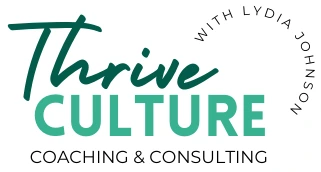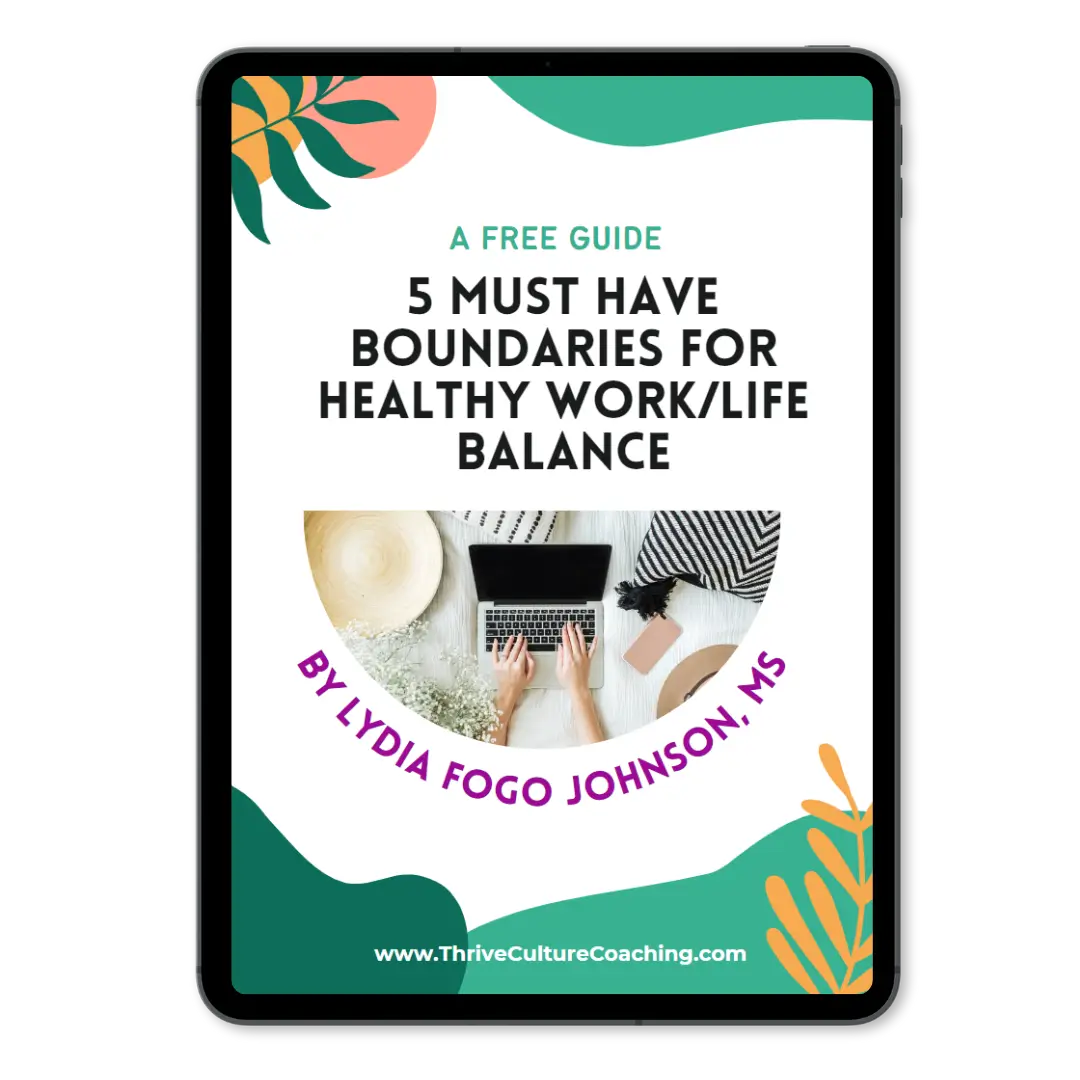Table of Contents

Photo by Chris Liverani on Unsplash
If you’ve ever looked into salary negotiation advice, you’ve probably heard advice like “delay as long as humanly possible and never say the first number.”
Well, in most cases, this advice is pretty terrible.
Why?
Because you’ve lost the opportunity to use the anchoring effect in your favor.
Using Anchoring Bias in Salary Negotiations
The anchoring effect, also called anchoring bias, is a highly well-proven unconscious tendency to rely too heavily on the first piece of information offered when making a decision (source). In other words, whatever number is thrown out first in a negotiation will become the reference point (the anchor) and strongly influence the final number. Studies show that the final job offer is an average of 30% higher when the candidate makes the first offer.
Why, then, you ask, did people recommend waiting? Because, it can be pretty offputting if you throw out a number that absurdly high, and it’s costly if you pitch a too-low number. So, back when it was hard for interviewees to have an educated guess on an ideal salary for a specific role, it made more sense to play it safe and let your recruiter lead with the first number.
Thankfully, we’ve got more information these days than we used to. We can conduct market research, review salary reports, ask our peers, and check websites like Glassdoor and Payscale. Plus, states are increasingly passing salary range transparency laws, which increase the odds that you’ll find job postings that include salary ranges.
So, throw out that first number… but know it’s best to avoid talking numbers in the first 5-10 minutes (Ameri et al., 2020). Instead, use those valuable first impression moments to display your qualifications (especially your hard skills) and to build rapport with your potential employer.
Wondering what number you should throw out? I’ll cover that in detail soon (so why not subscribe for free to get it in your inbox)… but the TLDR version is: go bold (but reasonable) and start with a number higher than your ideal.




Share